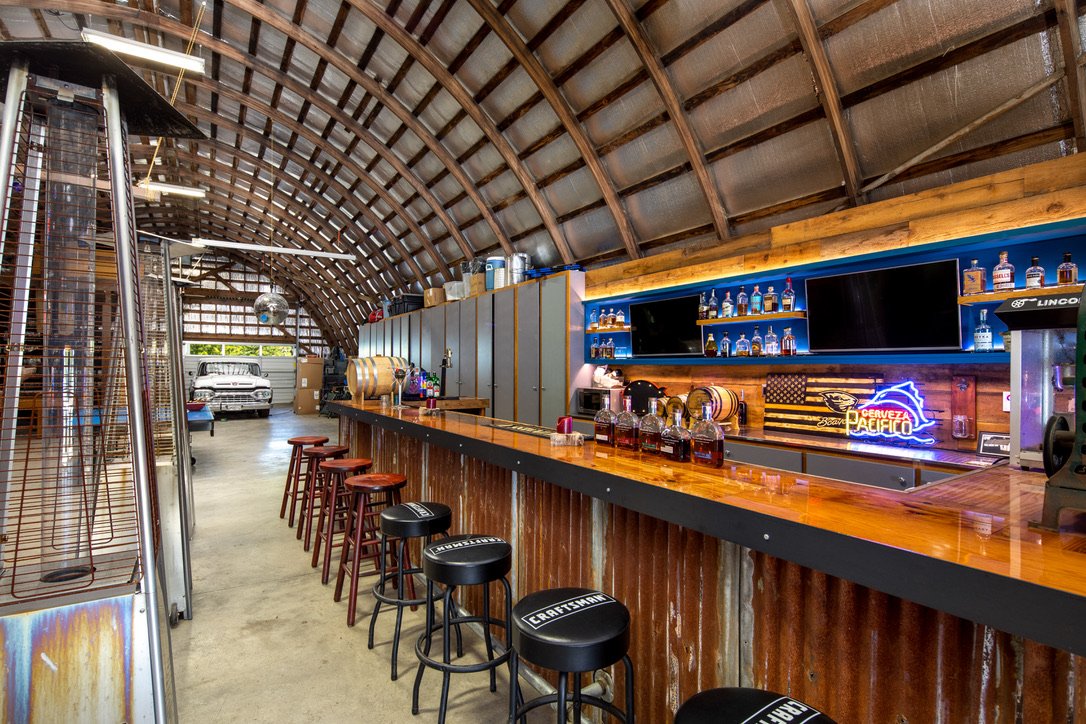
Geothermal Information
What is a geothermal heat pump?
A geothermal heat pump (also called a ground source heat pump) is a renewable alternative to a furnace or boiler. It’s a critical component of a geothermal system.
A geothermal system is made of 2 major parts:
A geothermal heat pump that sits inside your home (typically where the furnace used to sit)
Underground pipes, called ground loops, installed in your yard below the frost line
The key difference between furnaces and geothermal heat pumps is the heat source being used to warm the home. A typical furnace creates heat by burning oil or gas in its combustion chamber, whereas a geothermal heat pump simply moves heat from the ground that already exists. Additionally, while furnaces and boilers can only heat, many geothermal heat pumps can heat and cool.
How do geothermal systems work?
Simply put, a geothermal system pulls heat from the ground to heat your home in the winter, and it dumps heat from your home into the ground to cool it in the summer. Just a few feet below the frost line, the ground is a constant ~50 degrees Fahrenheit year round. A water-based solution circulates through underground pipes where it absorbs the ground’s heat and is carried into the geothermal heat pump.
The solution exchanges its heat with the liquid refrigerant inside the heat pump. The refrigerant is then vaporized and passed through a compressor where its temperature and pressure are increased. Finally, the hot vapor enters a heat exchanger where it transfers its heat to the air. This hot air is distributed through the home’s ductwork and warmed to whatever temperature set on the thermostat.
How efficient are geothermal heat pumps?
For every 1 unit of energy used to power your geothermal system, 4 units of heat energy are supplied. That’s about 400% efficient! Geothermal heat pumps can achieve this efficiency because they don’t create heat – they just transfer it. Only about one-third to one-fourth of the energy delivered in heating with a geothermal systems comes from electricity consumption. The rest is extracted from the ground.
According to the EPA, a geothermal heating and cooling system can reduce energy consumption and corresponding emissions by more than 40 percent as compared to an air-source heat pump, and by over 70 percent as compared to standard heating and cooling equipment.
Geothermal heat pumps last significantly longer than conventional equipment. They typically last 20-25 years. In contrast, conventional furnaces generally last anywhere between 15 and 20 years, and central air conditioners last 10 to 15 years.
Sources: https://dandelionenergy.com/geothermal-heat-pump-frequently-asking-questions#:~:text=A%20geothermal%20heat%20pump%20(also,the%20furnace%20used%20to%20sit)